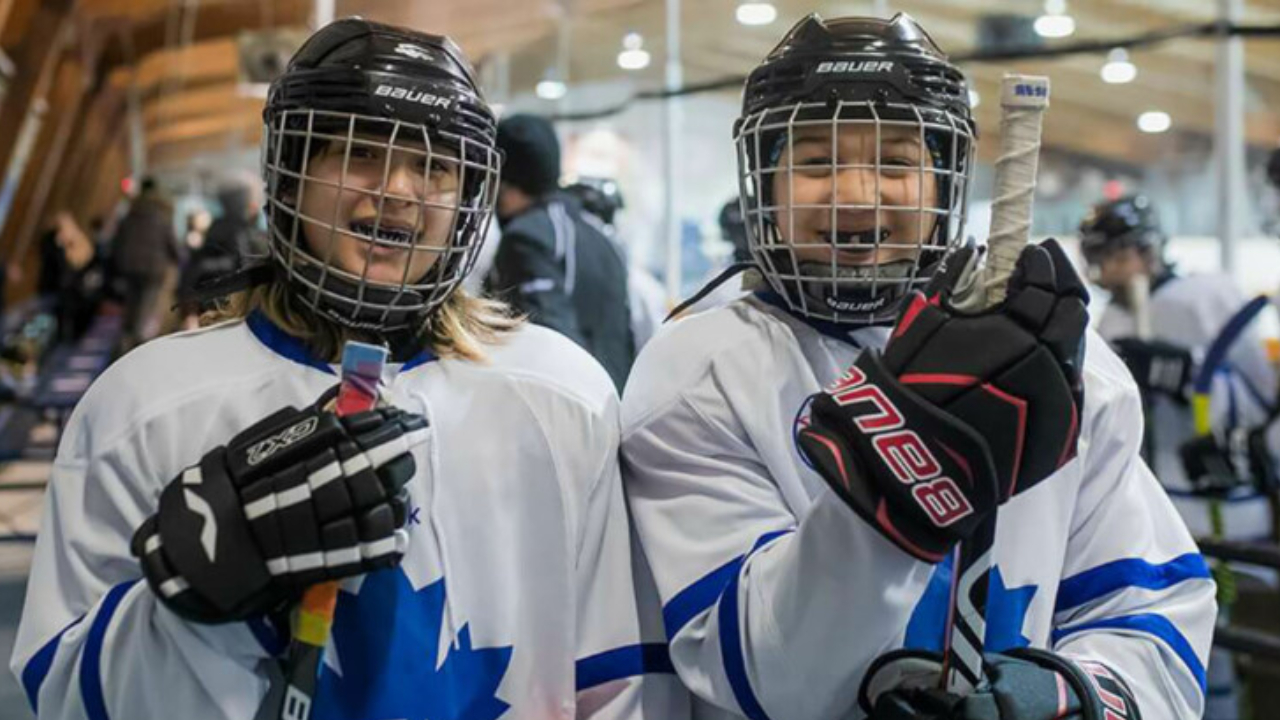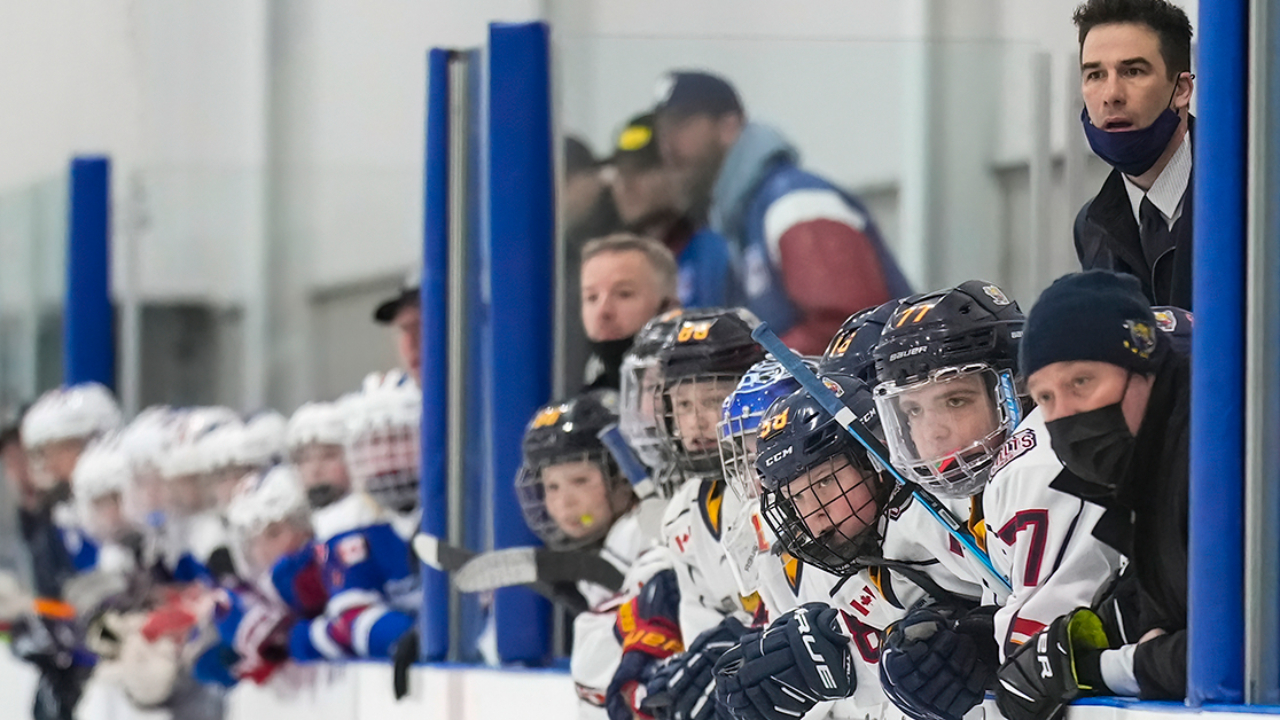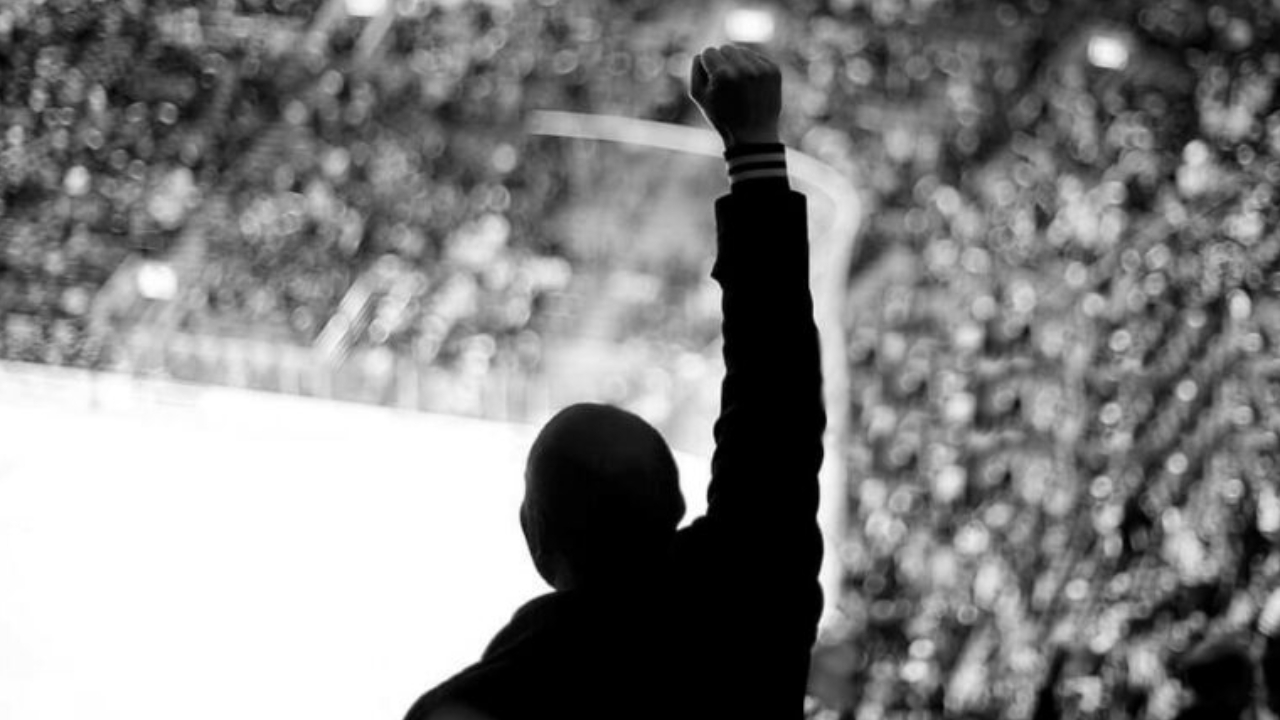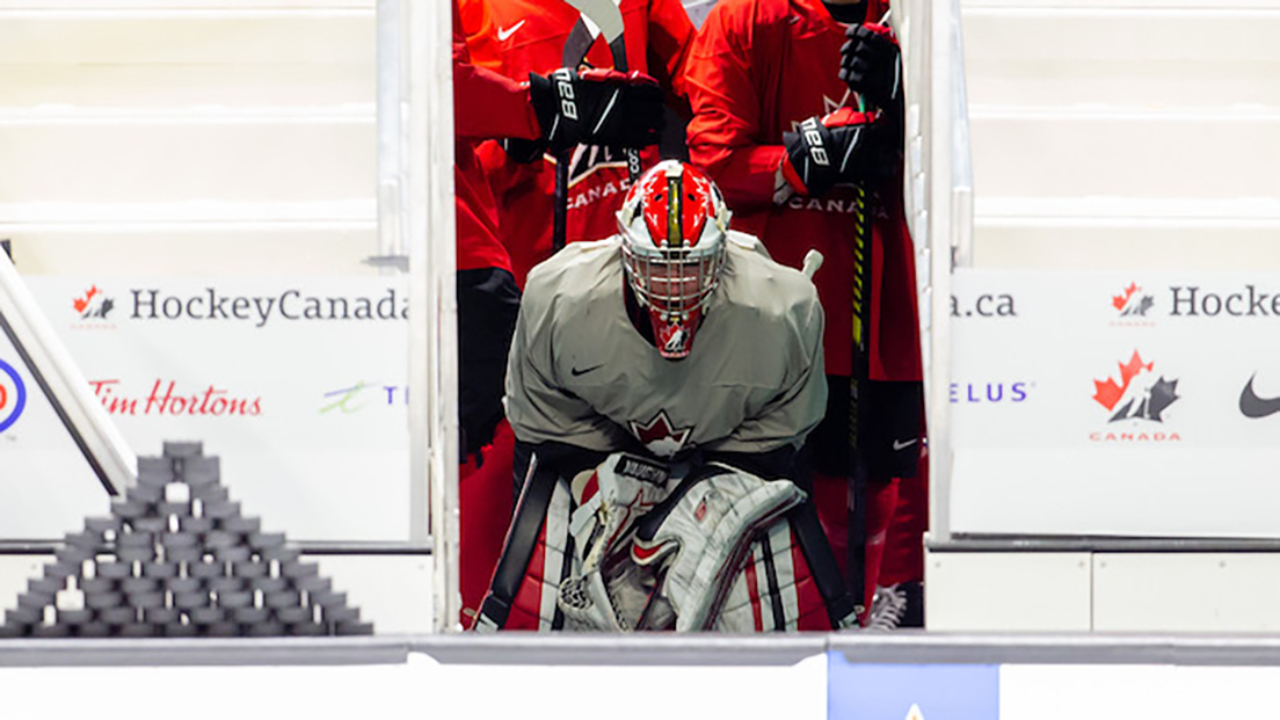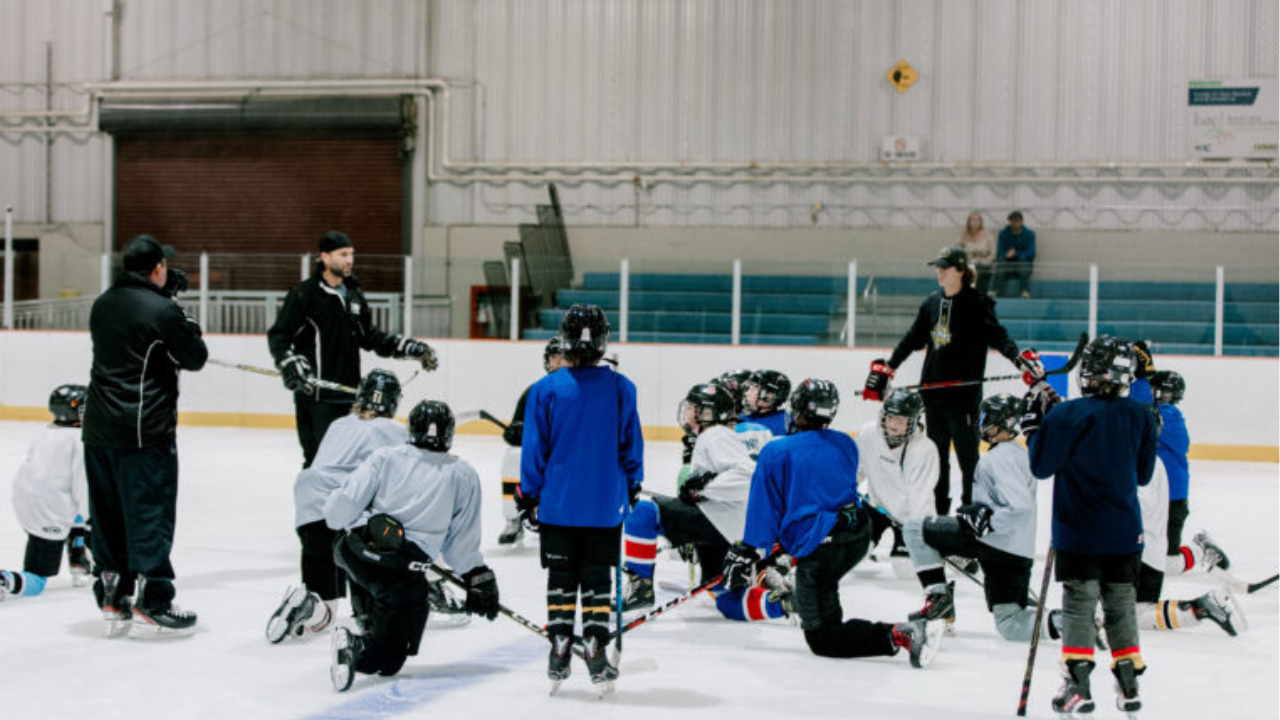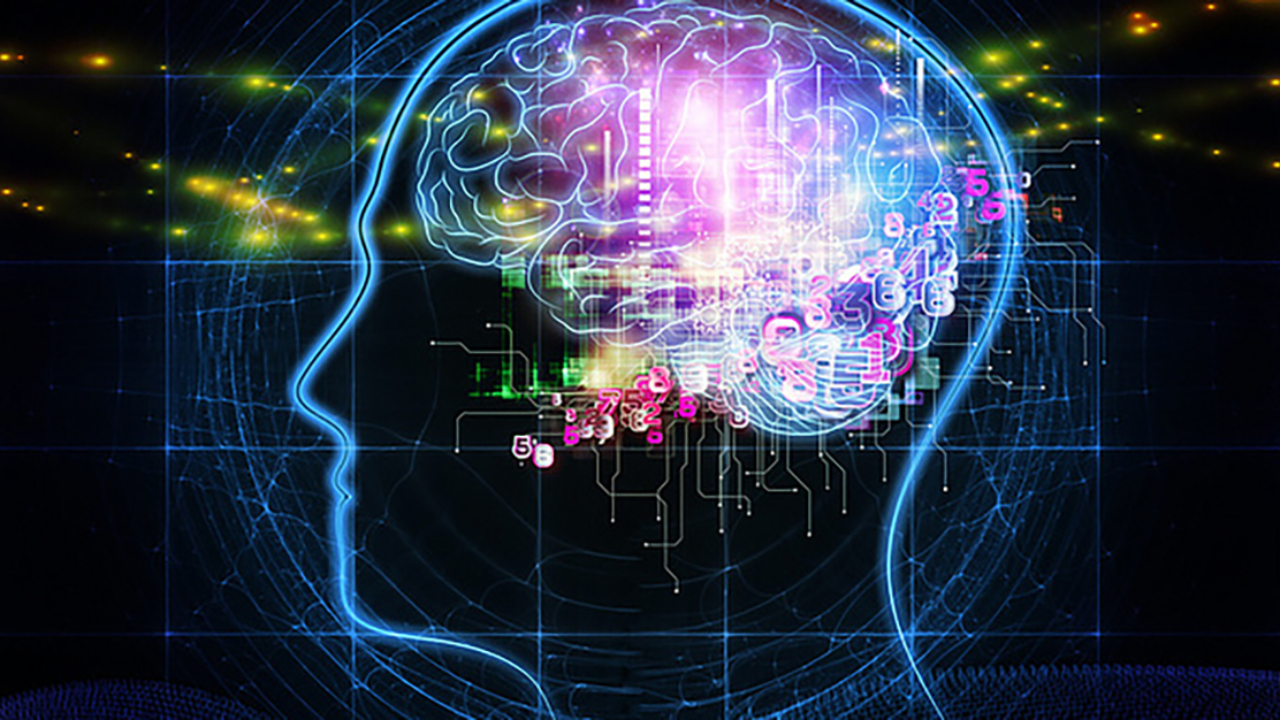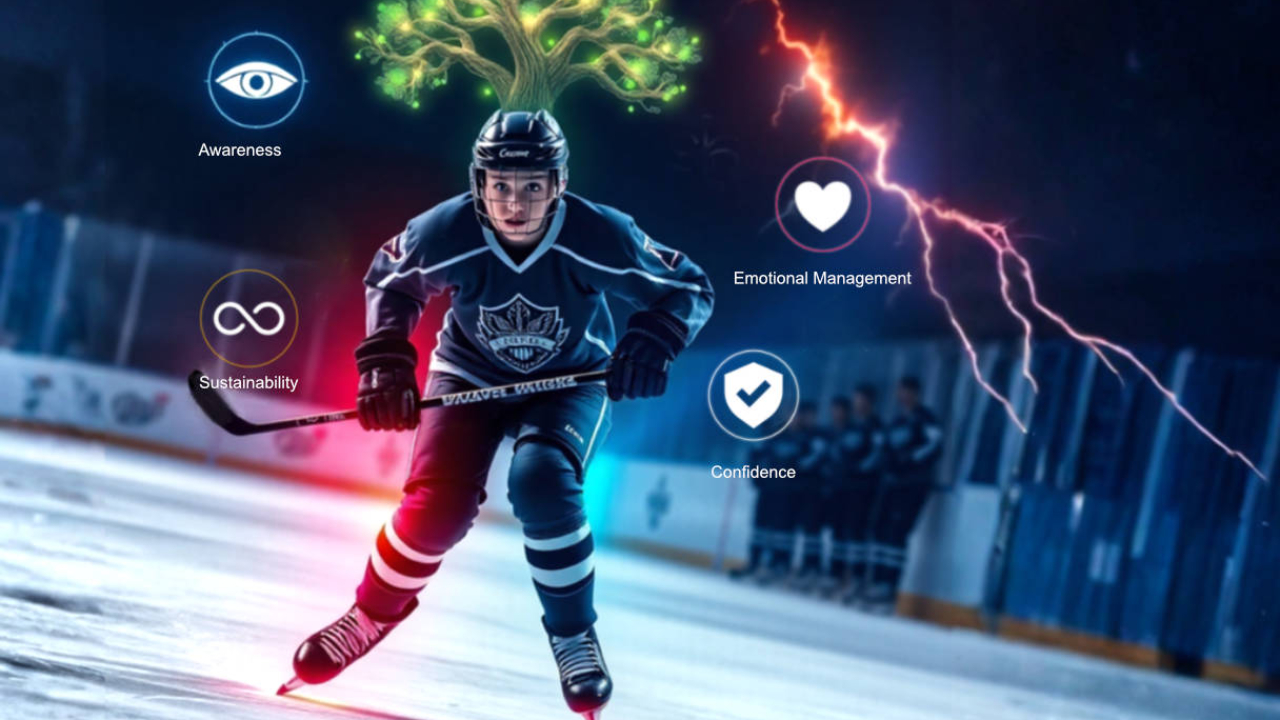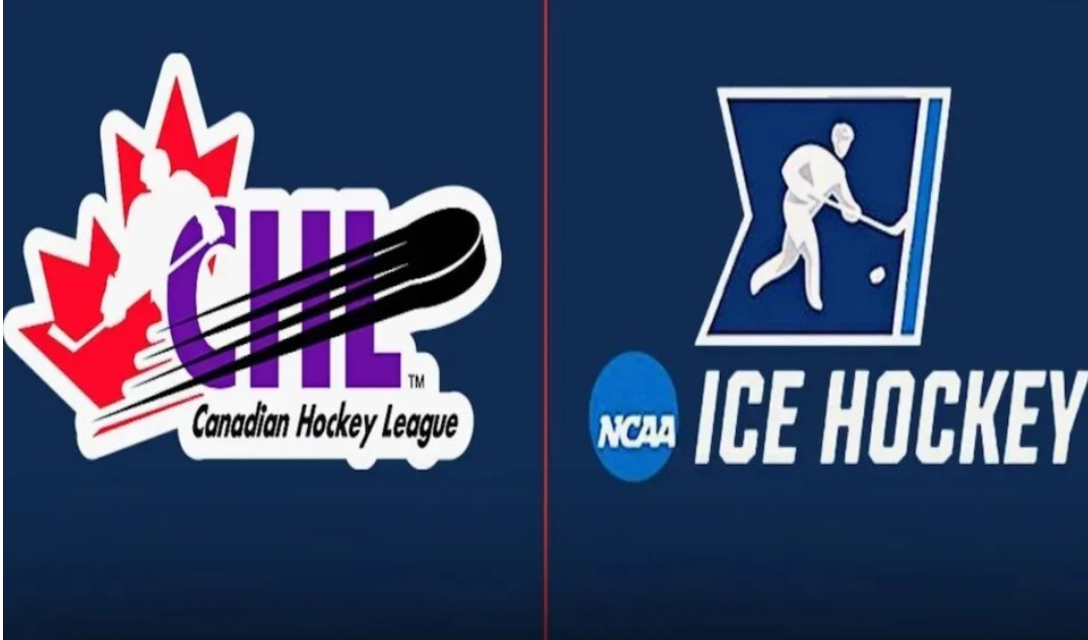
When you think of hockey development, you probably picture ice time, strength sessions, and skill work. But today’s generation of players — especially those navigating NCAA or CHL paths — are facing a new, invisible opponent: the mental pressure of Name, Image, and Likeness (NIL).
The introduction of NIL into the hockey world has brought long-overdue recognition to college athletes who’ve spent years balancing school, training, and competition. For the first time, players can benefit financially from their personal brand — signing sponsorships, promoting products, and building online platforms that extend beyond the rink.
It’s progress, no doubt. But it also introduces a new kind of stress that’s reshaping what it means to be an athlete — and for hockey players, who are often taught to “just play and stay humble,” this change cuts deep.
The Upside: Opportunity, Empowerment, and Exposure
There’s no question NIL offers tremendous potential. For hockey players, it can:
- Offset the financial grind of junior or college life — travel, gear, and tuition add up fast.
- Increase visibility in a sport that doesn’t always get mainstream attention.
- Teach valuable business skills around branding, negotiation, and leadership.
- Create real-world connections with companies, mentors, and causes that align with their identity.
The best part? Players can take control of their story — using their platform to inspire, educate, and elevate others. NIL gives them permission to think bigger than “just hockey.”
But that freedom can quickly turn into friction if the mental foundation isn’t strong.
The Downside: Pressure, Perception, and Performance Anxiety
In a sport built on team culture, humility, and “earning it,” NIL can feel like an awkward fit.
Here’s what I’m seeing from the inside as a mental performance coach working with high-level players:
- The Comparison Trap
Players start measuring their value not by their work ethic or compete level — but by who got the latest gear deal, who’s posting content, and who’s trending online. The locker room energy changes when players start wondering, “Why him, not me?” - Image Over Integrity
When an athlete’s identity becomes tied to their online image, authenticity suffers. They play to protect the brand — not to play their best hockey. The result? Tension, overthinking, and a loss of the raw, competitive edge that defines the game. - Heightened Pressure to Perform
Every shift becomes a showcase, not a chance to contribute. Mistakes feel magnified because now they’re public — and potentially costly to reputation or deals. - Mental Fatigue
Between school, training, games, and media obligations, players have little bandwidth left. Burnout creeps in quietly — disguised as distraction, frustration, or indifference.
The Mental Cause-and-Effect in Hockey
Let’s break it down:
External Noise (expectations, image, comparison)
→ Internal Conflict (self-doubt, fear, overthinking)
→ Performance Decline (hesitation, loss of confidence)
→ Emotional Exhaustion (burnout, disconnection from the game)
In hockey terms: they stop playing with flow.
They stop trusting their instincts.
They start chasing validation instead of the puck.
Building Mental Armor for the NIL Era
As coaches and mentors, we can’t ignore the mental ripple effect NIL creates. But we can guide players through it.
Here’s how I approach it inside my programs and 1-on-1 work with elite hockey players:
1. Start With Identity, Not Image
Before we talk about branding, we build a foundation: Who are you when the lights are off?
What values define you as a person and a teammate?
We craft a Player Identity Statement — a one-line compass that helps athletes stay grounded through success and setback.
2. Redefine What “Winning” Means
Winning isn’t just goals and deals — it’s progress, presence, and resilience.
When players define success internally (effort, focus, growth), their confidence becomes unshakable — no matter what’s happening online.
3. Teach Mental Recovery Like Physical Recovery
You can’t train your body seven days a week without a plan, and you can’t train your mind that way either.
Schedule time for reflection, stillness, and disconnection. The best athletes learn to protect their energy, not just spend it.
4. Reframe NIL as a Platform for Purpose
When players use NIL to give back — inspire younger players, raise awareness, or support community initiatives — it shifts the focus from ego to impact.
Purpose creates balance. Ego creates burnout.
5. Prepare for What’s Next
NIL won’t last forever. Contracts end. Attention fades.
But a strong mindset — built on discipline, self-awareness, and gratitude — carries into pro hockey, business, and life.
For Coaches: The Leadership Challenge
If you’re a coach, you’re not just managing systems and shifts anymore — you’re managing identity.
Players are growing up in a world where validation comes instantly, and judgment comes louder. The best coaches today aren’t just tacticians; they’re culture architects.
Help players:
- Understand that attention ≠ value
- Build awareness of emotional triggers
- Normalize honest conversations about pressure
The message is simple: the goal isn’t to avoid NIL — it’s to build the mental framework that lets players handle it.
Hockey Has Always Been About Character
NIL is simply testing it in new ways.
Whether you’re coaching a prep team, college program, or pro prospects, the conversation can’t just be about systems — it has to include mindset, identity, and the mental cost of visibility.
The players who thrive won’t just be the most skilled.
They’ll be the most centered.
Because in today’s hockey world, the real game isn’t just played on the ice — it’s played in the mind.
Victory Starts In The Mind

